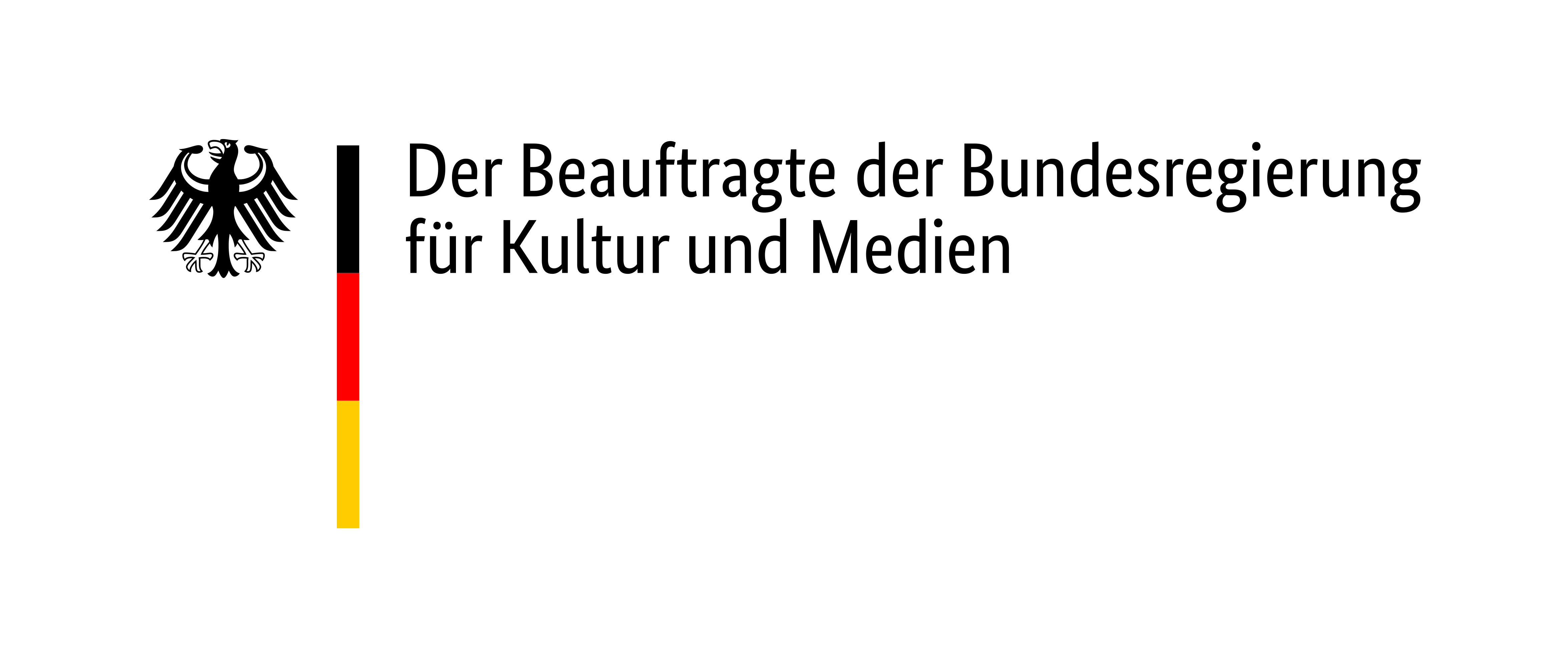Beginning in 1939, the Wehrmacht waged war on more and more regions of Europe. In 1941, Germany attacked the Soviet Union. The declared aim of the attack was the conquest of “living space (Lebensraum) in the East.” This was followed by an unprecedented war of plunder and extermination.
The indigenous population of the occupied territories was expelled or deported to the German Reich for forced labour. Behind the front line, the SS, police and Wehrmacht executed hundreds of thousands of Jews. In total, more than 20 million people from the Soviet Union fell victim to the German war of aggression, including over three million prisoners of war. During their retreat, the Germans destroyed large parts of the territories’ infrastructure and left behind “scorched earth.”

Two weeks before the invasion of the Soviet Union, the High Command of the Wehrmacht set out regulations for the treatment of "political commissars" of the Red Army. The "political commissars" were representatives of the Communist Party assigned to each unit of the Red Army for political and ideological surveillance According to those regulations, they were not to be treated as prisoners of war, but were to be shot immediately. Hundreds of thousands of military men were shot randomly on basis fo this regulation, many of them were Soviet Jews.
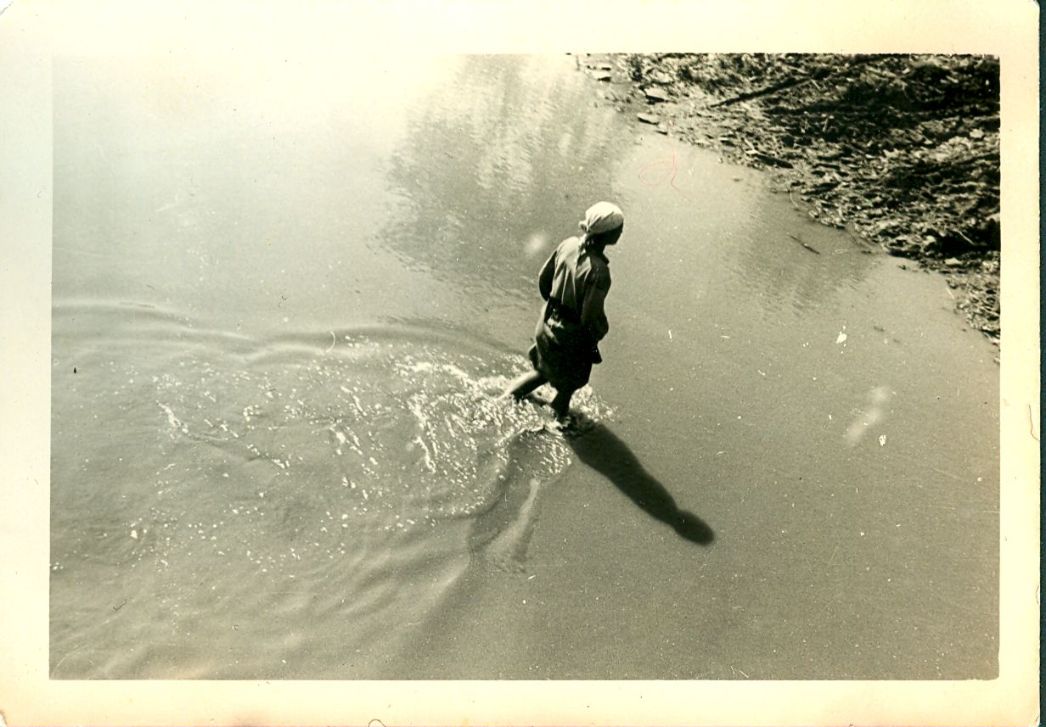
©Archiv Reiner Moneth, Norden
This photo comes from the private album of a Wehrmacht soldier. The caption “The mine test” is handwritten on the back of the photo. The photo documents the implementation of the deadly order for the so-called “Minesweeper 42”: “Jews are to be chased over mined terrain with harrows and rollers.”
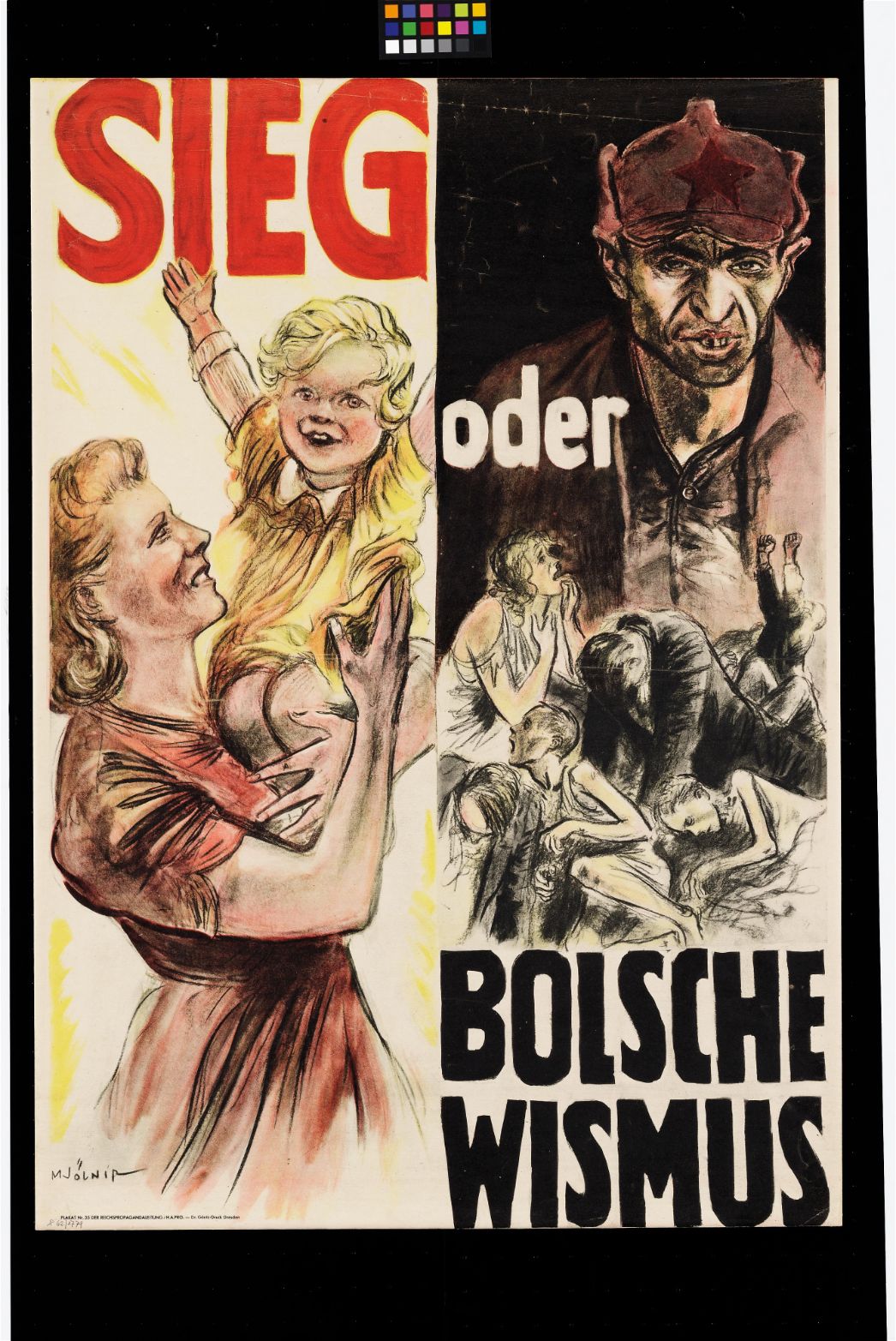
Nazi perseverance propaganda stirred up fear of the Red Army and communism (“Bolshevism”). This was intended to encourage the Germans to continue fighting.
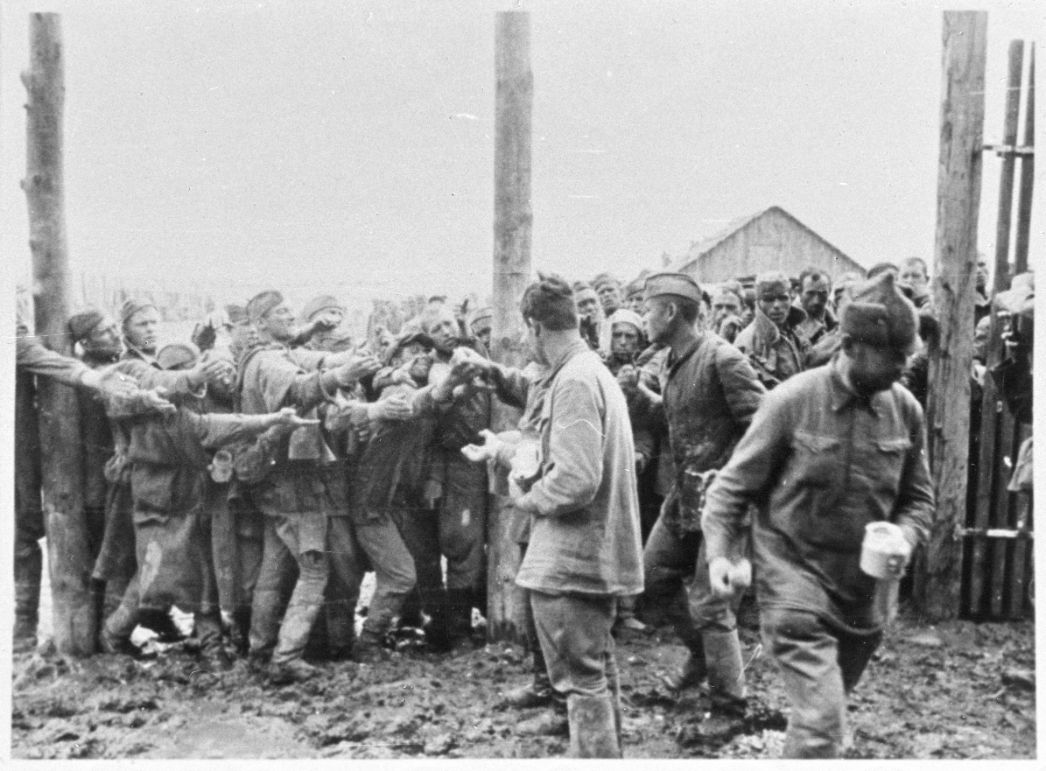
Soviet prisoners of war suffered under catastrophic conditions: Up to 3.3 million of over 5.7 million died in German captivity. Under the “Hunger Plan,” the German High Command deliberately aimed to feed the Wehrmacht at the expense of the civilian Soviet population. The plan calculated that up to 30 million people would die of starvation.
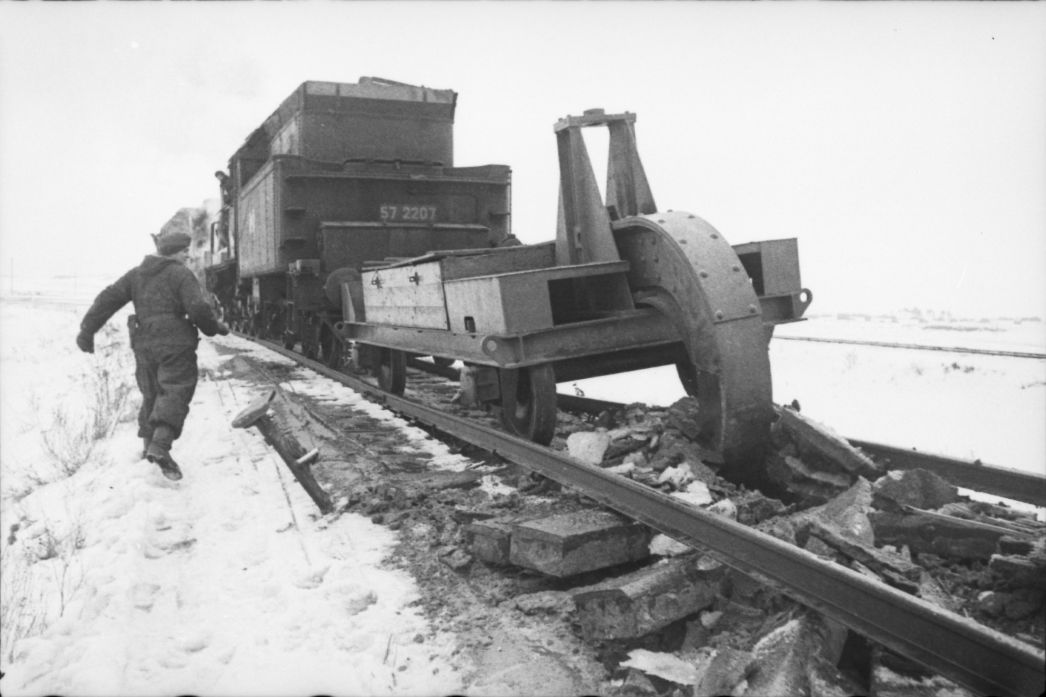
During their retreat, German troops systematically destroyed the railroad lines in the occupied territories of the Soviet Union. They also destroyed factories and other important facilities as part of their “scorched earth” policy.
